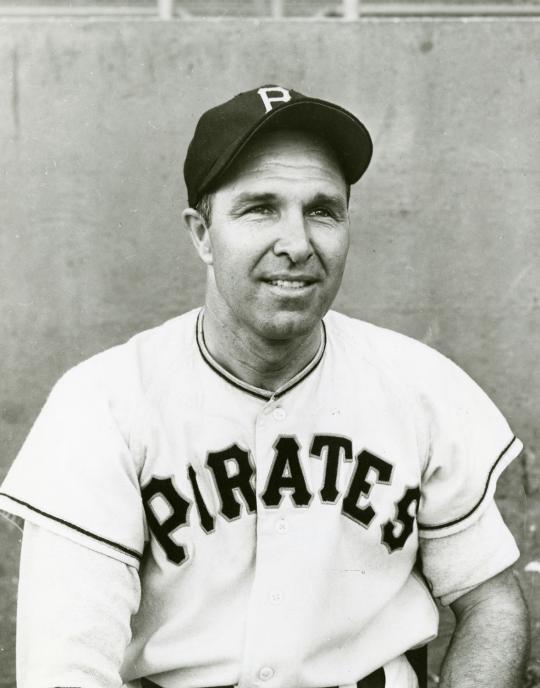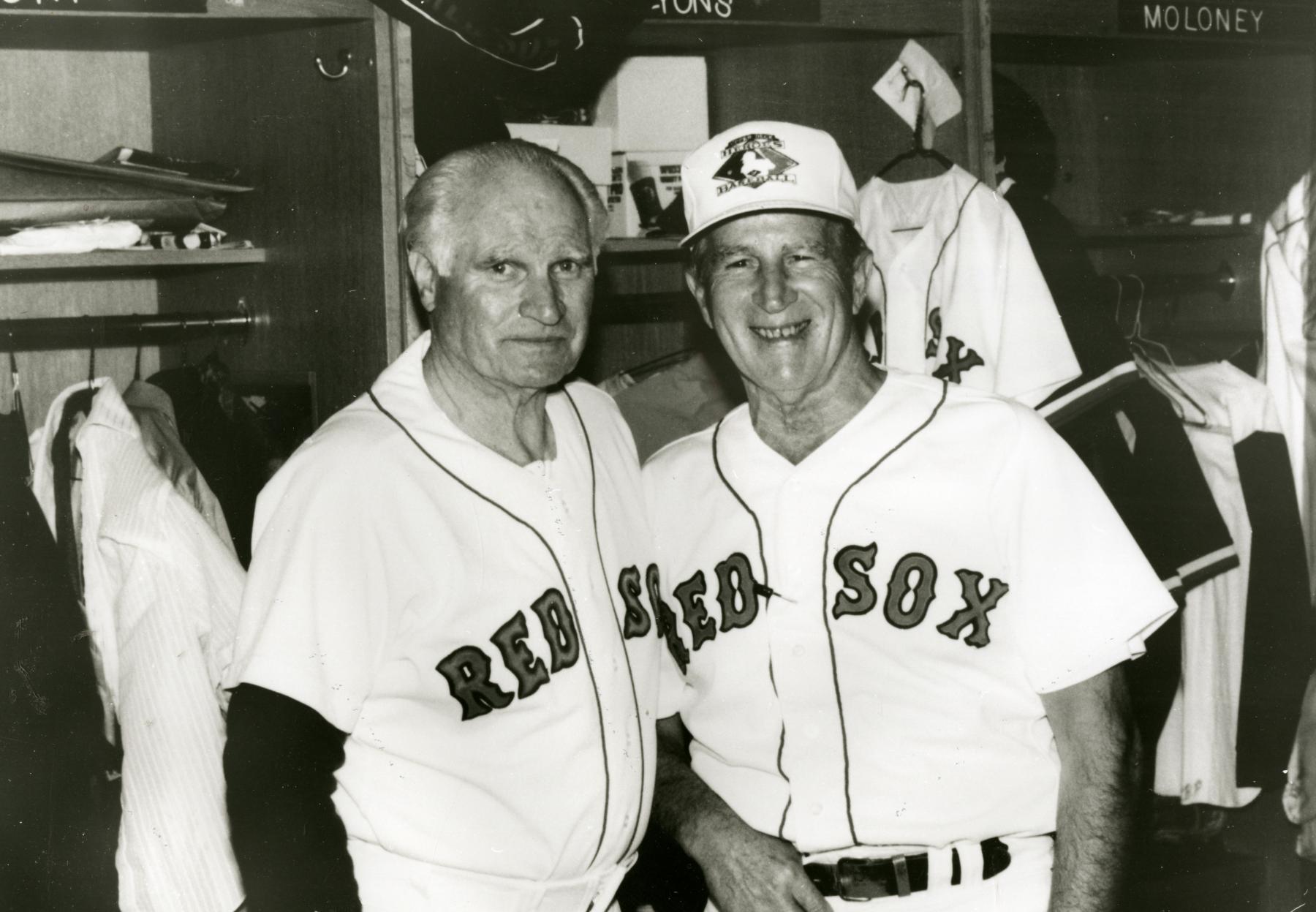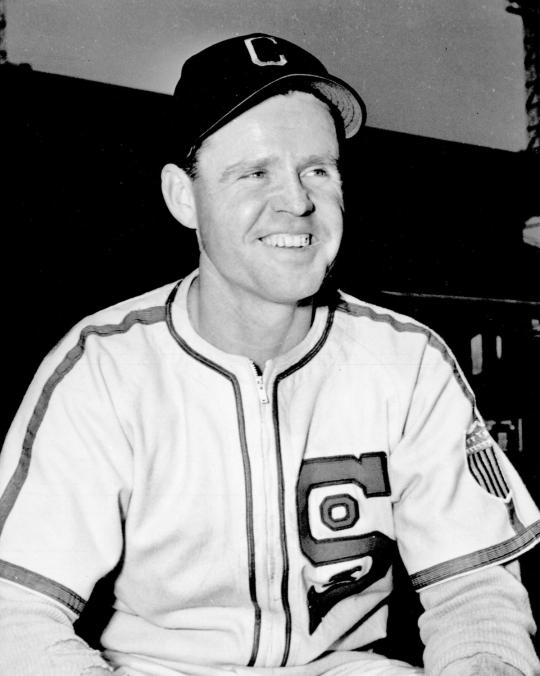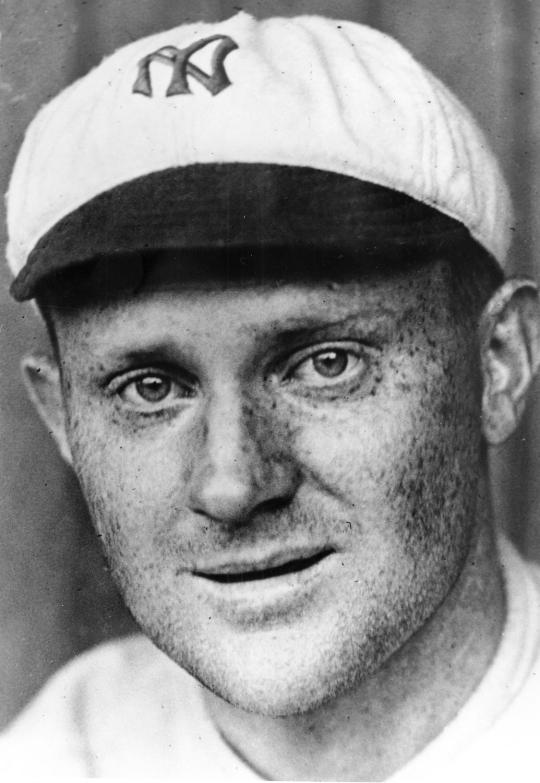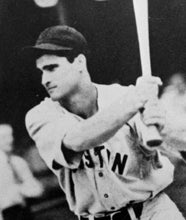- Home
- Our Stories
- Better with age
Better with age
A number of hot-button issues generate regular inquiries at the National Baseball Hall of Fame and Museum.
Think of topics like performance enhancing drugs, the permanently ineligible list, the next election by one of the Hall of Fame’s era committees, the role of Abbott and Costello in the game’s history, and new rules in major league baseball regarding takeout slides and instant replays. These are all issues that generate passionate questions – and probably will for many years.
At least one other issue causes people to pick up the phone and call the Hall of Fame Library, keeping a Research Department staff of four librarians and researchers quite busy. It is an issue that bears no controversy, but it remains of universal interest. It involves this question: Who is the oldest living former major league player? And then there is the inevitable follow-up: Who is the second oldest living player?
Whenever the oldest living player passes away, the Hall of Fame Library will receive calls about the subject, either from fans or members of the media. The Hall of Fame does not maintain a digital database of oldest living players, but the Research Department certainly has the resources at its disposal, including a clippings file on oldest living players, to determine exactly who they are. If the Library doesn’t have an immediate answer, it is sure to find that answer within a few minutes.
Typically, Hall of Fame Librarian Jim Gates will notify members of his research staff that the oldest living player has passed on and make them aware of who is next in line. The manager of the Giamatti Research Center, Matt Rothenberg, along with a team of researchers featuring Cassidy Lent and Bill Francis, handle many of the phone calls and emails that come into the Hall of Fame regarding the issue of the oldest surviving player.
So why does such a subject carries so much weight with baseball fans? Lent, the Hall of Fame’s Reference Librarian, has a theory.
“Some people think there is a correlation between being a ballplayer and how long they will live. Some think that ex-players live longer,” says Lent, a onetime intern in the Museum’s Frank and Peggy Steele Internship Program for Youth Leadership Development who began working fulltime in the Library in 2014. “I’m not sure that’s necessarily true, but there have been articles written making that argument.”
Earlier this year, Lent and the other researchers reacted to the passing of Mike Sandlock, who died in April in Cos Cob, Conn. At an even 100 years, Sandlock was the oldest living major leaguer. A catcher and infielder during a relatively brief five-year career, Sandlock never received much publicity while playing for the Brooklyn Dodgers, New York Giants, and Pittsburgh Pirates. That’s understandable, given that he never played in more than 80 games in any season and hit only two home runs with a .240 batting average. But when Sandlock became the oldest living player, he became a testament to longevity. More significantly, he became baseball royalty – a headliner and a newsmaker.
Eddie Carnett, who played three seasons in the big leagues in the 1940s, is currently the oldest living former big leaguer, having been born on Oct. 21, 1916. The Museum’s Giamatti Research Center fields dozens of questions every year regarding the oldest living former big leaguers. BL-314-63 (National Baseball Hall of Fame Library)
With Sandlock’s passing, another relatively unknown player has moved into the spotlight. He is Eddie “Lefty” Carnett, 99 years of age. Like Sandlock, his career interlocked with the World War II era of baseball in the 1940s. He started his career as a pitcher with the Boston Braves before being converted into an outfielder. Carnett played all three outfield positions for the Cleveland Indians and Chicago White Sox and made six appearances as a pitcher. A few weeks after his final game for the Indians, he was drafted into the U.S. Navy. While in the military, Bob Feller sought Carnett’s advice on throwing the slider, a pitch that “Rapid Robert” was in the midst of adding to his repertoire.
Carnett is set to turn 100 on Oct. 16. That would make him eligible to receive a special letter of congratulations from President Barack Obama. Any American citizen who reaches 100 receives such a presidential letter.
Next up is Carl Miles, a pitcher who appeared in two games for the Philadelphia Athletics. Miles is 98. His next birthday is set for March of 2017.
Third on the list is Hall of Famer Bobby Doerr. Not only is Doerr the oldest current living Hall of Famer; he is the oldest living Hall of Famer of all time. Doerr, who has lived in Oregon since the 1930s, turned 98 on April 7.
As a Hall of Fame second baseman, Doerr accomplished a great deal during his days with the Boston Red Sox. He hit 223 home runs in 14 seasons, led the American League in slugging percentage in 1944, and compiled six seasons with at least 100 RBIs. Always known for his friendly, gracious ways, he is now accomplishing something quite special: Living a long life, longer than any other Hall of Famer.
And how about the oldest living player of all time? That would be Chester Cornelius “Red” Hoff, who pitched for the Yankees and Browns in 1911-13 and 1915. Hoff, a native of Ossining, N.Y., died in 1998 at the age of 107.
Bruce Markusen is the manager of digital and outreach learning at the National Baseball Hall of Fame and Museum

